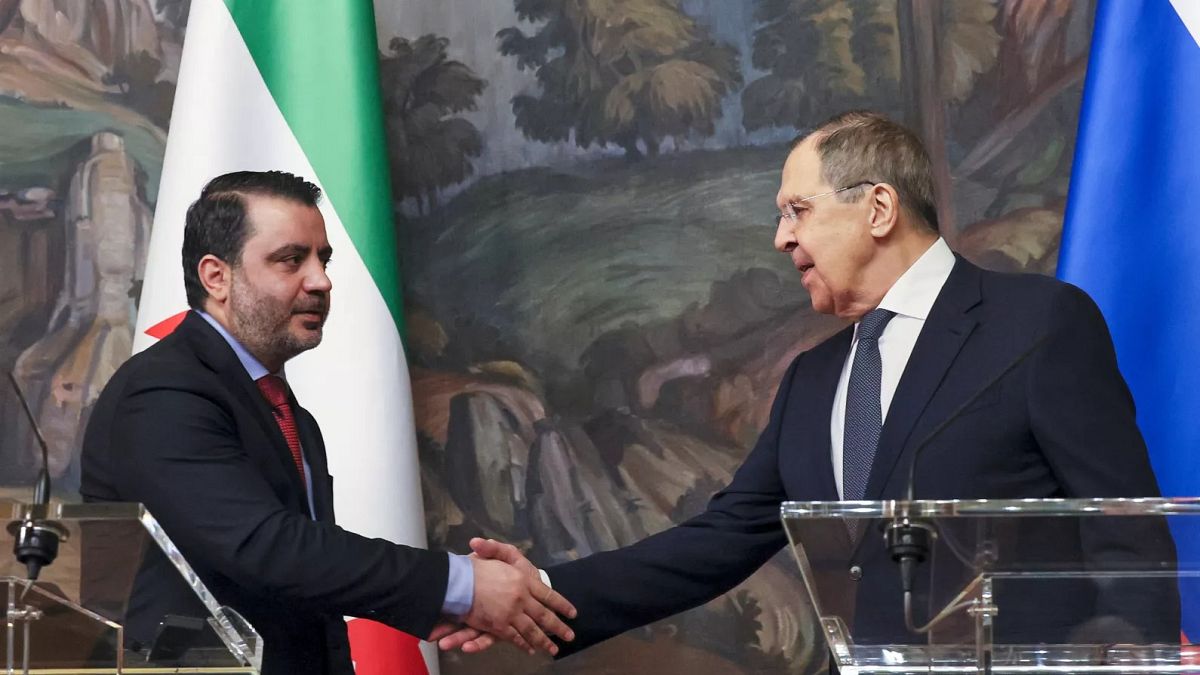

In a world marked by shifting alliances and ongoing humanitarian needs, the developments in the Middle East paint a picture of both continuity and change. This region, with its complex tapestry of historical and political narratives, continues to witness events that shape its present and future. Recent developments in Syria, Gaza, and the West Bank reflect the intricate dynamics at play.
In Damascus, a pragmatic shift in foreign relations is unfolding under the leadership of interim President Ahmed al-Sharra. Syria, once a battlefield with deeply entrenched positions, is cautiously navigating new territories of diplomacy. On a visit to Moscow, Syrian Foreign Minister Asaad al-Shibani emphasized the importance of maintaining close ties with Russia. This renewed relationship marks a significant chapter in Syria’s political landscape, indicating a preference for strategic alliances that could foster stability and support within the region. Al-Shibani’s remarks convey a sense of wanting Moscow “by our side,” underscoring the Syrian leadership’s desire for continuity and partnership following the tumultuous civil war period.
Meanwhile, Gaza remains at the forefront of urgent humanitarian efforts, despite severely restricted ground access. The international community has mobilized resources to address escalating food insecurity through airdrops of aid. These airdrops are a lifeline for residents facing shortages of essential supplies. The challenge of delivering aid under such constrains reflects the broader difficulties that arise in conflict zones, where logistical hurdles must be overcome to support civilian populations. This ongoing crisis highlights the critical resilience of communities in regions like Gaza, as they navigate both immediate needs and long-term recovery.
In a development that further highlights tensions in the region, the recent events in the West Bank have drawn international attention. The release of Yinon Levi, a settler accused of killing Palestinian activist Awdah Hathaleen, has sparked dialogue about justice and accountability. Hathaleen, a respected journalist who contributed to the Oscar-winning documentary “No Other Land,” was fatally shot during a confrontation involving settlers in the village of Umm al-Khair. The Israeli police decision to place Levi under house arrest while withholding Hathaleen’s body adds layers of complexity to an already charged situation. This incident underscores the enduring challenges related to conflict resolution and coexistence in the area.
These stories from the Middle East serve as a reminder of the significance of diplomatic efforts, humanitarian response, and the pursuit of peaceful cohabitation. Syria’s diplomatic overtures, Gaza’s receipt of international aid, and the legal proceedings in the West Bank collectively illustrate the multifaceted realities of a region striving for stability and growth amid adversity. Through all these developments, a common thread emerges: the necessity of dialogue, understanding, and support in fostering a peaceful future.
Each narrative, whether involving high-level diplomatic maneuvering or ground-level humanitarian efforts, reflects the shared journey of resilience and hope that continues to define the Middle East. Moving forward, the roles played by international allies, aid organizations, and local leaders will be crucial in nurturing confidence and cooperation among communities. This nuanced interplay of relations and responses not only shapes the present but also lays the groundwork for lessons that inform future interactions and policies, bridging divides towards a more inclusive and harmonious region.
As these stories continue to evolve, they remind us of the importance of staying informed, empathetic, and engaged with the developments that impact lives across the globe. In an interconnected world, the pursuit of peace and prosperity is a collective endeavor, one that requires patience, partnership, and perseverance.
Source: {link}
